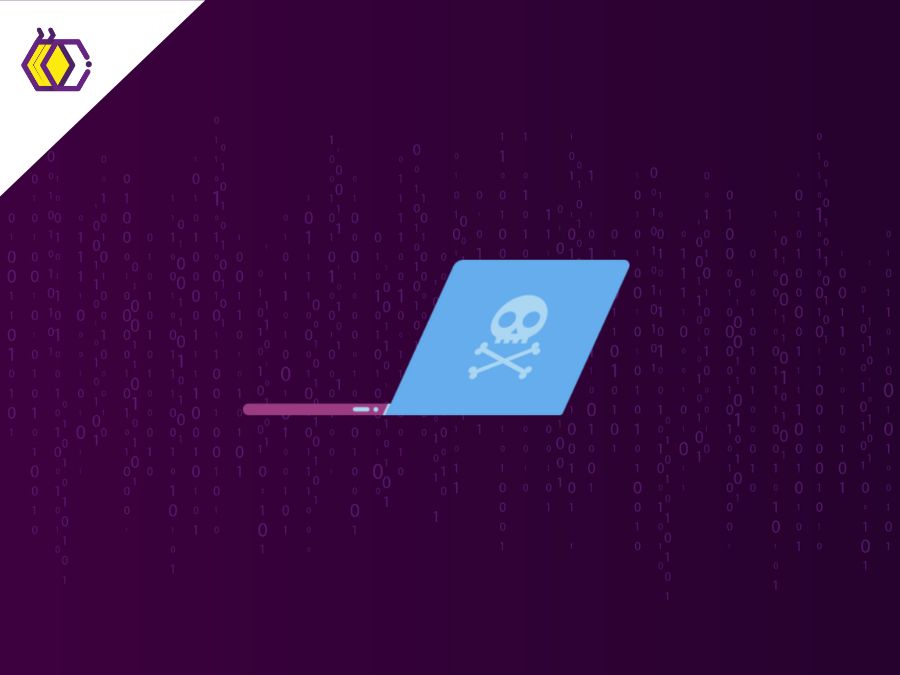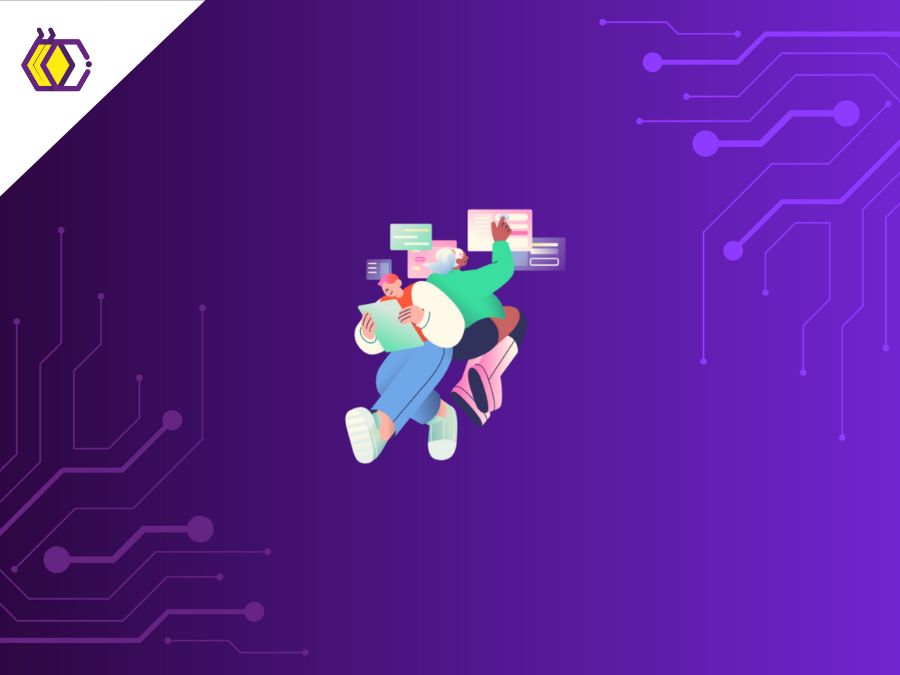
Dual Track
(6 minutes of reading) Dual Track is an innovative way of managing projects, which combines traditional project management strategies with agile methodology. It allows teams to work on multiple tasks simultaneously, while also providing structure and focus. This helps increase velocity and keep the entire team accountable for how a project is progressing. Dual Track provides flexibility and scalability while keeping control over projects. It uses two tracks - one focused on big-picture planning and the other dedicated to tracking day-to-day progress. This allows teams to work more efficiently as they can easily switch between these two tracks depending on their needs at any given time. Overall, Dual Track provides organizations with a powerful tool to manage their projects and ensure everyone is working together to effectively achieve goals. DUAL TRACK BENEFITS Do you want to improve the efficiency of your business and gain insights into the customer journey? If your answer is a big "YES!", the Dual Track can be an excellent choice. This popular strategy combines agile and waterfall methods to get the best possible results. It's an effective way to maximize resources while minimizing risk. Dual Track has become increasingly popular in recent years due to its ability to balance short-term goals with long-term goals. By having two teams working in parallel, one team can focus on developing quick solutions for immediate needs, while the other team focuses on creating more scalable solutions for future needs. This allows for maximum flexibility and agility, and encourages collaboration across teams. Additionally, this approach helps foster innovation by taking teams out of their comfort zone and challenging them to find creative solutions. WHAT ARE THE MAIN CHALLENGES OF DUAL TRACK? As previously stated, Dual Track allows teams to explore different options and make decisions faster, while also reducing risk and simplifying delivery. However, dual track can be difficult to implement correctly as it requires significant coordination between team members. In this article, we will discuss the main challenges associated with using dual track project management. One of the biggest challenges is ensuring that all team members understand the expectations of each line of work and how they should interact with each other. It is important that everyone involved in the project has a clear understanding of their roles and responsibilities so that they can collaborate effectively on project tasks. In addition, teams need to be very attentive to communication protocols so that there are no misunderstandings or unnecessary delays in delivering results. IMPLEMENTING DUAL TRACK Implementing a dual track system can lead to more successful projects by allowing for faster communication between teams and better coordination between departments. To successfully implement dual track systems, organizations must start by setting clear goals and expectations for each team involved in the project. For example, when developing a new product or service, it's important to determine who will be responsible for what tasks and how they will work together to achieve their shared goals. Additionally, companies must ensure that all team members are properly trained to maximize their effectiveness within the system. SUCCESSFUL DUAL TRACK PROCESS EXAMPLES The Dual Track process is an innovative approach to project management and innovation that has been successful in many companies. By utilizing two parallel tracks, organizations can jointly explore incremental and disruptive innovations. This allows them to develop products and services faster while keeping costs low. Examples of successful dual processes include Amazon 's two pizza rule, Airbnb hackathons and Spotify Agile teams. Amazon 's two pizza rule states that any team meeting should consist of no more than the number of people who could be fed two pizzas - a limit to the size of groups used for brainstorming and idea development. Airbnb took this concept further by hosting hackathons to quickly build prototypes; they encouraged experimentation during long planning sessions, allowing employees to work on projects outside of their normal roles. CONCLUSION: THE BENEFITS OVERCOME THE CHALLENGES The Dual Track system is gaining traction as an effective way to stay on top of both short-term goals and long-term goals. With the dual path, organizations can reap the benefits of achieving their goals while focusing on innovation and development. In conclusion, the benefits of implementing a Dual Track system outweighed its challenges. One benefit is that it allows for more flexibility when planning projects or goals. Both paths offer organizations the opportunity to change quickly in response to changing conditions, without sacrificing progress against their long-term goals. Additionally, by having two separate tracks to measure progress, organizations can identify areas where they need additional resources or guidance before they become major issues down the road. What did you think of our article? Be sure to follow us on social media and follow our blog to stay up to date!
Share this article on your social networks:
Rate this article:
Other articles you might be interested in reading
- All (185)
- Career (38)
- Competitions (6)
- Design (7)
- Development (112)
- Diversity and Inclusion (3)
- Events (3)
- History (15)
- Industries (6)
- Innovation (38)
- Leadership (8)
- Projects (23)
- Well being (18)

Cloud Computing and Digital Transformation and Social Impact
(5 minutes of reading)
In recent years, we have witnessed a quiet revolution that is fundamentally reshaping the way we live and work. At the center of this transformation is cloud computing, a technological innovation that transcends physical limits and opens up new horizons of possibilities. This text will talk about this subject that is transforming the IT area. Come read!...

Tech in Education
(9 minutes of reading)
In the contemporary educational landscape, technology plays an increasingly crucial role, revolutionizing not only the way students learn, but also how educators teach. As we adapt to a digitally connected world, new trends are emerging that promise to further transform the way education is designed and delivered. Come read this text to learn about the latest trends in educational technology and explore their impact on student development and the evolution of teaching. Come with us!...

Ethical Software Development
(5 minutes of reading)
Developing software is a complex activity that goes far beyond simple coding. It involves a meticulous process of planning, design, implementation, testing and maintenance to create reliable, efficient, and secure systems. However, in addition to seeking functionality and performance, developers must also carefully consider the ethical aspects of the software they are creating. In this text we will talk about ethics and responsibility when developing software. Come read!...

Balance Between Professional and Personal Growth
(6 minutes of reading)
In a world driven by the constant search for professional success, we often find ourselves immersed in our careers, forgetting the fundamental balance between professional and personal growth. As we dedicate hours to coding, solving problems, and advancing our technical skills, it's essential to remember that our journey as human beings go beyond the lines of code. Come read our text and see super cool tips on how to achieve this balance!...

How to Highlight Programming Competition Awards on your CV
(6 minutes of reading)
In a field as dynamic as software development, it is crucial to stand out from the crowd. An exceptional way to do this is through recognition and awards won in competitive programming competitions. In addition to demonstrating your superior technical skills, these awards attest to your ability to solve complex problems, collaborate as a team, and deliver exceptional results under pressure. Today we will talk about the curriculum and competitions, are you interested? Come with us!...

Open Source and Collaboration
(5 minutes of reading)
If you're ready to start exploring the world of open source, be aware that you will encounter many learning opportunities and challenges. Collaboration is at the heart of this environment, driving innovation and influencing the direction of technology. Come read our text to find out more about this subject!...

 Innovation
Innovation 

